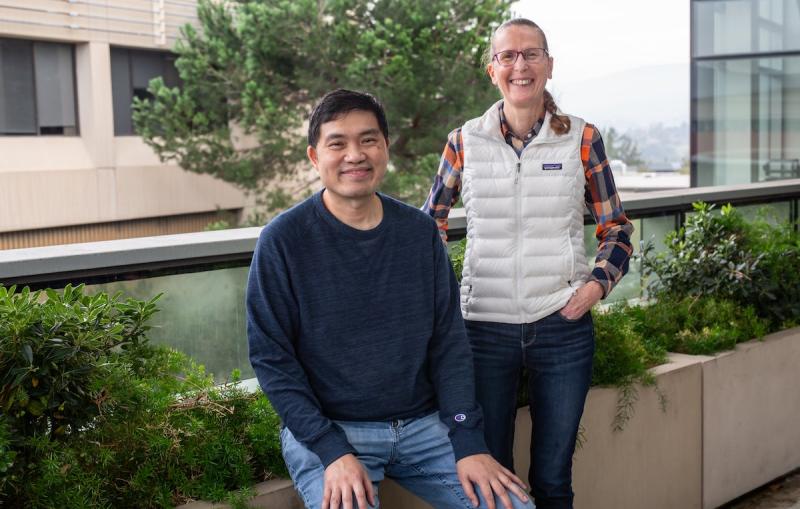Knowing a magnet’s past will allow scientists to customize particle beams more precisely in the future. As accelerators stretch for higher levels of performance, understanding subtle effects, such as those introduced by magnetic history, is becoming more critical.

